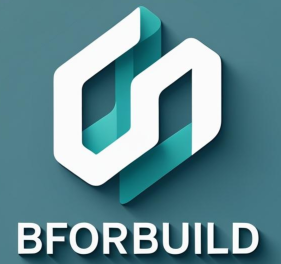When I first started learning about REST APIs, I thought it was just about how apps talk to each other over the internet. But after reading the REST API Tutorial, I realized that REST is much more than just sending HTTP requests. It’s an entire way of thinking about how systems communicate efficiently and reliably.
The tutorial starts by explaining what REST really means. It’s not a protocol, but a set of rules that tell web services how to be designed. This helped me understand REST as a philosophy that focuses on resources, not actions. Each resource, like users, orders, or products, has a unique URL, and actions are done using standard HTTP methods like GET, POST, PUT, and DELETE.
One of the most interesting parts of the tutorial was about REST’s six architectural constraints: Client–Server, Statelessness, Cacheability, Uniform Interface, Layered System, and Code on Demand. The explanations on restapitutorial.com made these abstract concepts feel real.
- Client–Server separation makes things flexible because each side can change independently.
- Statelessness means that every request must have all the information it needs, which makes APIs scalable.
- Cacheability improves performance and reduces the amount of work that the server has to do.
- A uniform interface makes APIs predictable.
These principles showed me that REST isn’t just about what endpoints do. It’s about how they’re designed to make sure that everything is consistent, efficient, and easy to use.
Another important thing I learned about REST is resource naming. The tutorial’s examples made me think about how I structure my endpoints. Instead of writing something like /getUserData, I learned to define resources more naturally, like /users/123. This change from verbs to nouns makes APIs more intuitive, predictable, and easier for developers to use.
I also found the site’s explanation of HTTP status codes and their role in communication really helpful. Instead of generic success or error messages, REST encourages meaningful responses like 200 OK, 201 Created, or 404 Not Found. It’s a small detail that makes things clearer for anyone using the API.
I put these concepts into practice by building a simple API using Node.js and trying to follow the RESTful conventions. By applying statelessness, proper naming, and response codes, I made my endpoints cleaner and easier to maintain. I finally realized that REST isn’t just about making requests; it’s about designing systems that make sense to both humans and machines.
I chose RESTAPITutorial.com because it offers one of the most straightforward and beginner-friendly introductions to REST APIs on the web. Unlike many technical resources that dive into frameworks or code too quickly, this site focuses on core concepts first, explaining what REST really is, why it matters, and how its principles shape modern API design.
Resources: https://www.restapitutorial.com/introduction
